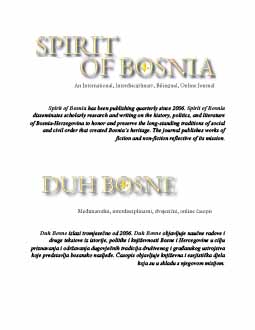
We kindly inform you that, as long as the subject affiliation of our 300.000+ articles is in progress, you might get unsufficient or no results on your third level or second level search. In this case, please broaden your search criteria.

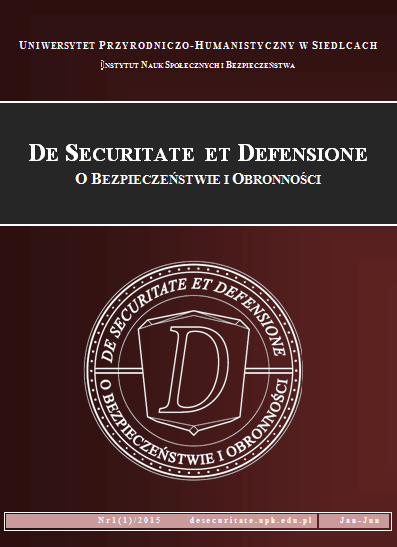
This article provides information about contemporary threats to information security in cyberspace. In the age of universal computerization, worldwide Internet access we are freely to communicate with all the world via instant messengers or e-mail, what gives the access to the most current information. The Internet has become an area of various kinds of abuse. The Internet is used not only by criminals or secret services of many countries, but also terrorists. Terrorism in the traditional sense is a form of protest or struggle, aimed at the achievement of some objective and to attract attention of public opinion or the government. Terrorists use the tools belonging to the collection of illegal methods that are banned by international law and condemned by international organizations. The latest form of terrorist activity is cyberspace activity. Cyberterrorists aim to control the most important sectors and the monopolization of the information access.
More...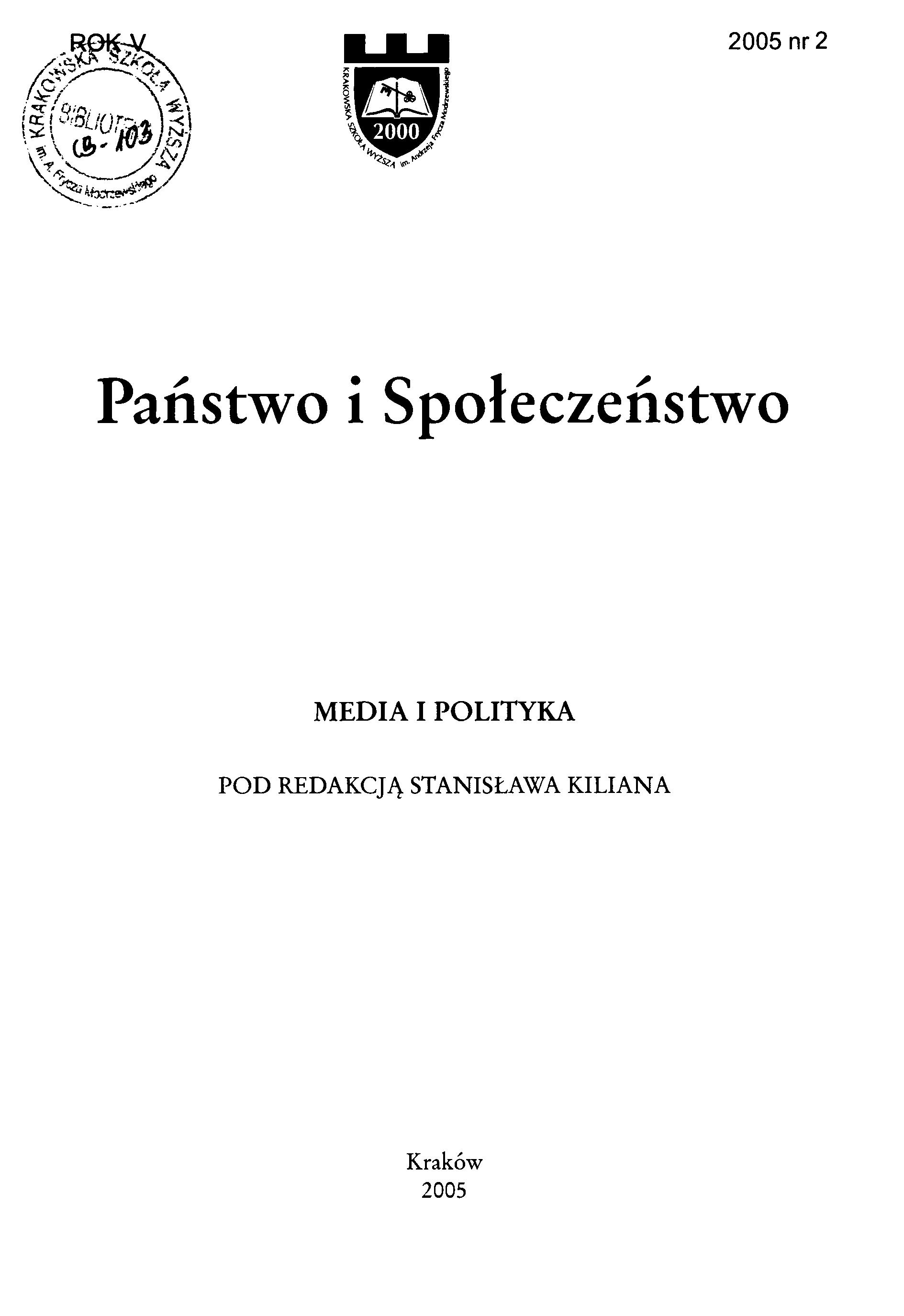
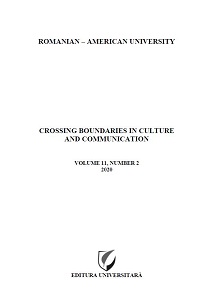
Crises, as the one provoked by the COVID-19 pandemic, are events created by the society and mediatized through speech. These are unexpected moments which destabilize social norms. The importance of political speech is essential during crisis times, as it represents the only available tool to control the masses. During the state of emergency in Romania, in 2020, the political leaders realized that only through speech they can convince the entire society to follow the rules imposed by WHO to limit the spread of what was then called ` the invisible enemy`: the coronavirus. In this paper, I will analyse the persuasion strategies in the Romanian president’s speeches, between March 16th and May 15th 2020. I will show that the speeches of president Iohannis were mostly marked by arguments based on logos, at the beginning of the state of emergency period, followed quickly by speeches based on emotion (pathos), using mechanisms such as: the call on people’s collective memory, the exploitation of people’s fears through exaggerated cause-effect relations, the use of words belonging to the catastrophe language, false analogy, the claim of an equal position to Romanian citizens or the use of empathy.
More...
The specificity and conjugation of discursive pragmatics and classical rhetoric manifests itself when politicians are faced with the need for evasive formulations to mitigate a potential threat to their face. To substantiate the conceptual basis of discursive argumentation, the article differentiates between “topoi-integrators” and “topoi-arguments”. The topos-integrator "responsibility", actualized at the local and global discursive levels, appeal to ethos, supporting the logos-based argumentation by involving the ethos-based moral foundations of the speaker's position. Topoi-arguments "responsibility", “threat”, “reliability” and “law’ are rhetorically based on enthymeme as figures of reasoning that appeal to logos as well as on auxiliary figures of digressio, Past Fact / Future Fact, exergasia, climax, congeries, hyperbole and apagoresis, appealing to logos, ethos, and pathos. Pragmatically, the restoration of implicit premises and conclusions of enthymemes corresponds to explicatures, which become the basis for the generation of implicatures, provided that the speakers flout cooperative maxims. Disobeying the maxim of quantity of information is based on the figures of exergasia, climax, congeries, the maxim of relevance - on digressio, Past Fact / Future Fact, and the maxim of quality - on hyperbole and apagoresis. Through rhetorical figures and the corresponding pragmatics, the speakers implement the strategies of transferring and reducing responsibility, substitution of arguments, mitigation, partial distortion by exaggeration, simplification, etc.
More...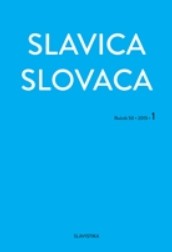
The study introduces the history of the Slovak-language press in Argentina. In a chronological overview, it introduces 20 Slovak periodicals published mainly in Buenos Aires between 1929 and 2003. The Slovak interwar emigration formed its institutions in broad connection with institutions of Czechs, while the post-war political exile established a distinct political line with strong Slovak nationalism. The post-war elite expanded the production of the Slovak press abroad and Buenos Aires became one of the main centres of the Slovak post-war exile in the late 1940s and early 1950s but struggled to include the voice of inter-war numerous immigrants. The study includes a bibliographical references and index of Slovak periodicals published in Argentina, as well as, short history of each title, its editorial, and references it is stored.
More...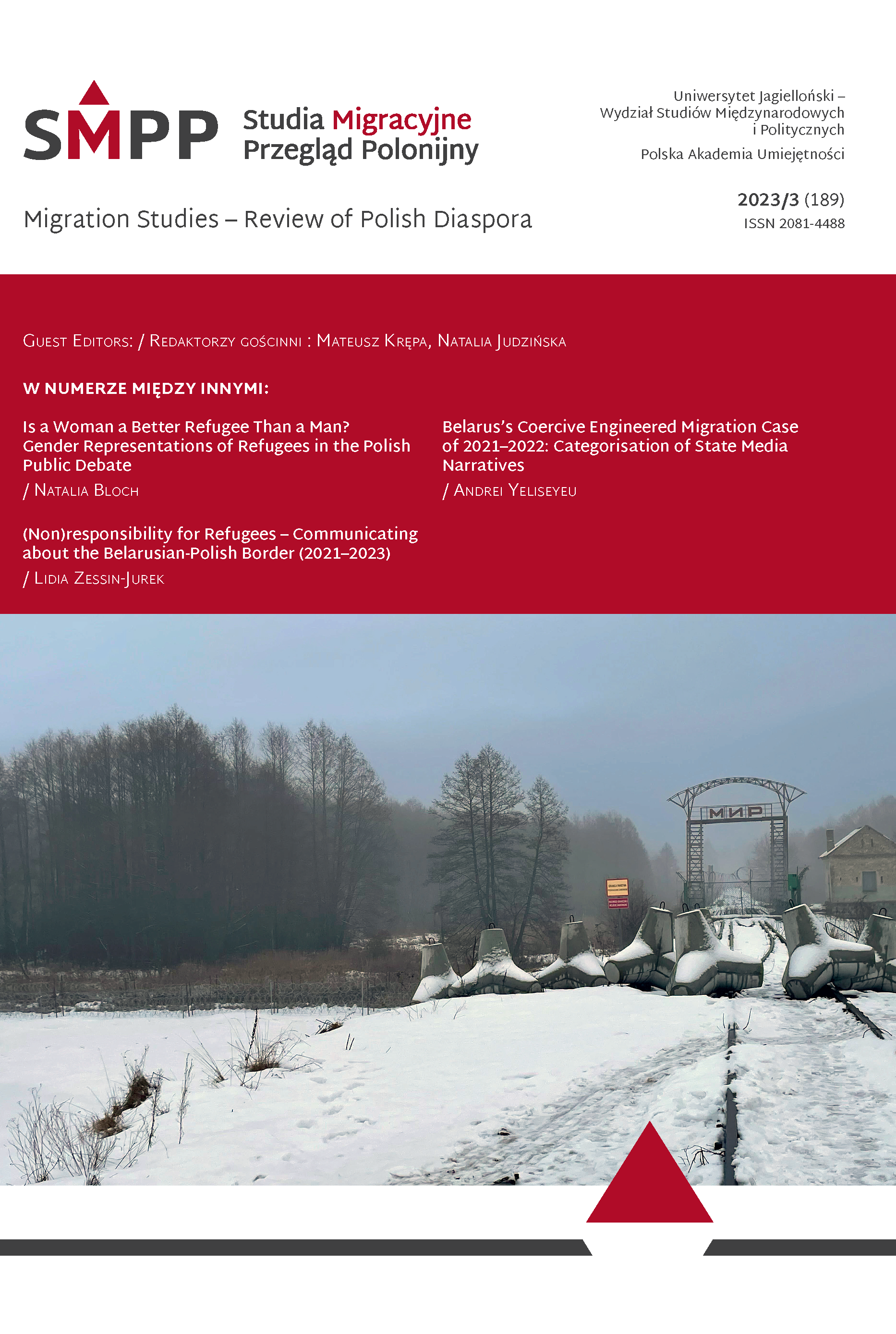
In this article, after briefly characterising the Polish minority in Lithuania, I describe the media that are available in the Polish language in Lithuania and then show why Polish-language media channels are not an attractive source of reference for young representatives of the Polish minority. At the same time, I explain the origin of young people’s aversion to ethnic media and what causes their exodus towards Lithuanian- and Russian-language media. In particular, I present cultural and historical reasons for the attractiveness of Russian-language media, which many young representatives choose as an alternative to Polish ethnic media. Finally, I reflect on the consequences of moving away from Polish-language media coverage and the future of the minority itself without it.I use narrative interviews conducted by me with young representatives of the Polish minority in Lithuania who came to Poland for educational purposes, mainly to study. Additional material also includes interviews with journalists working in minority media. I also use desk research analysis and a literature review.
More...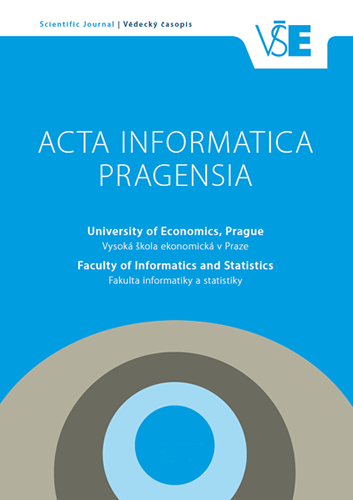
The integration of digital technologies into political processes represents a pivotal shift in the operational dynamics of political parties, highlighting an evolution from traditional to digital platforms. This transformation offers greater member engagement and decision-making transparency while also introducing new challenges in terms of security and control. This study presents an analytical overview of the Helios voting system as implemented by the Czech Pirate Party, used not only for primary elections, offering a critical examination of its operational framework, security measures, verification processes, and implications for intra-party democracy and member engagement. The Czech Pirate Party's engagement with Helios exemplifies a broader trend toward digitalization within political organizations, reflecting both the potential benefits and inherent challenges of such technological adoption. Drawing on theoretical insights from the literature on political party transformation in the digital age, this article assesses how i-voting systems like Helios can potentially enhance or detract from internal democracy. The discourse around digital platforms is nuanced, revealing opportunities for increased democratic engagement alongside risks of enhanced centralization and control. Empirical data from a survey of the Czech Pirate Party's membership base provides insights into perceptions of the Helios system's usability, security, and its impact on democratic processes within the party. The study further investigates Helios's technical aspects, focusing on its security protocols, verification mechanisms, and governance structures related to data and platform ownership, to understand its implications for electoral integrity and party governance. The research aims to contribute to the dialogue on e-voting platforms, highlighting the need for a careful balance between embracing technological advancements and upholding democratic principles.
More...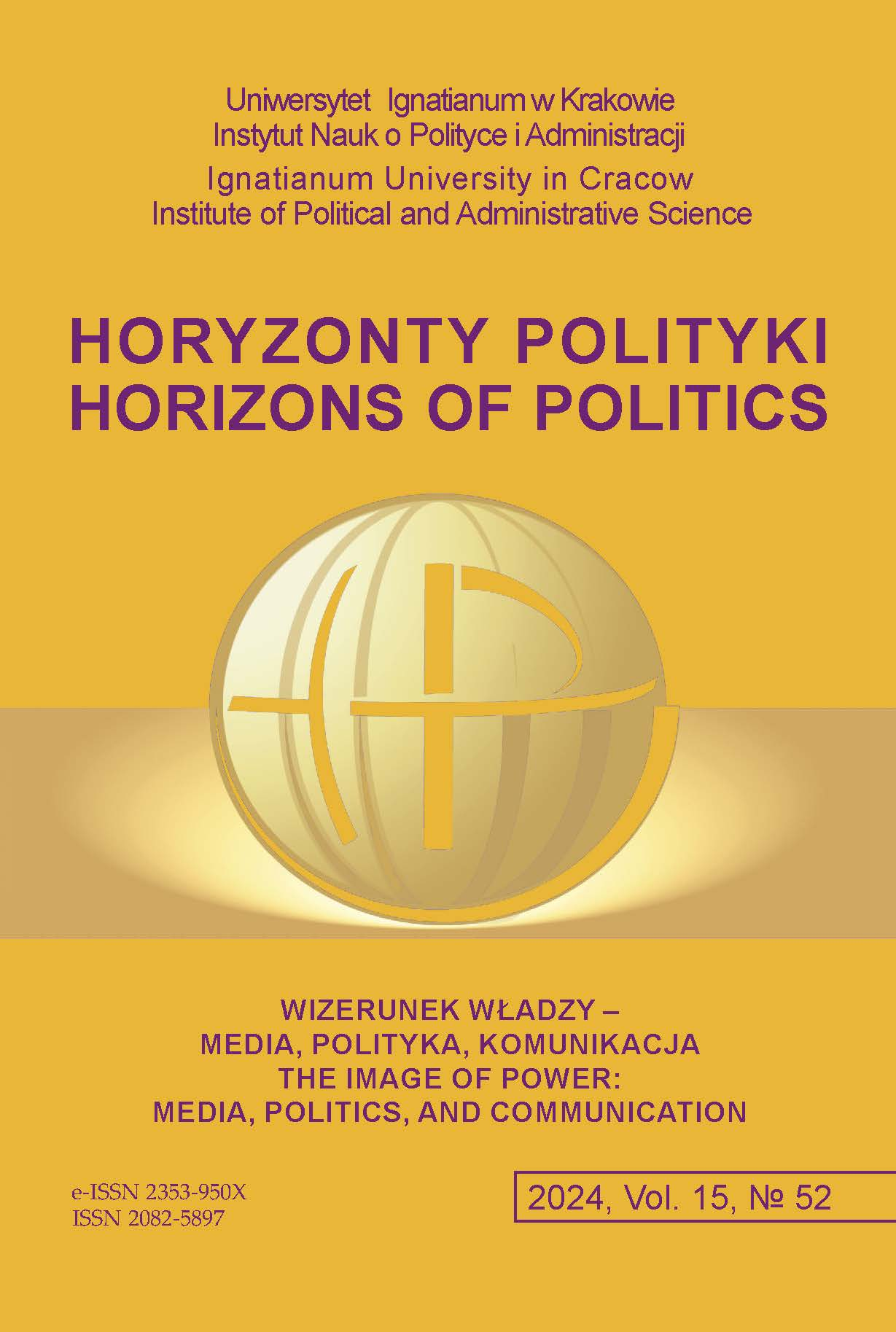
RESEARCH OBJECTIVE: The aim of this article is to present the results of the analysis of media messages and to indicate the communication strategies adopted by election committees in the 2023 parliamentary elections in Poland.THE RESEARCH PROBLEM AND METHODS: The research problem is to indicate the specificity of targeting advertising messages in the 2023 par‑liamentary elections in Poland, taking into account their personalised nature and resulted from the specificity of the analysed phenomenon. Quantitative research, comparative analysis of statistical data and secondary research results, qualitative and quantitative analysis of the content and persuasive potential of the messages were used. THE PROCESS OF ARGUMENTATION: The argument consists of three parts. The aim of the first is to show the increasing role of social media in the electoral communication process on the example of opinion polls and statistical data analysis. Further considerations focus on the analysis of the costs associ‑ated with the online promotional activities of committees. The third focuses on presenting the specifics of personalisation of advertising messages and consist‑ency of activities in the context of election slogans.RESEARCH RESULTS: The article presents the author’s analysis of the online advertising strategy of election committees in the 2023 parliamentary elections. It allowed for the conclusion that committees, aware of the escalating role of the Internet in electoral messages, not only increase financial outlays on this medium, but also adjust the means of persuasion in order to personalise messages.CONCLUSIONS, INNOVATIONS, AND RECOMMENDATIONS:The generational change of voters has influenced the intensity of online ad‑vertising messages. For the first time, online advertising and the possibility of personalising messages in electoral content were used on such a scale. It is not only the long‑established indirect nature that has become a characteristic feature of advertising messages, but also the participation of communication intermediaries.
More...
RESEARCH OBJECTIVE: The aim is to analyze Geert Wilders’ activity on platform X (formerly Twitter), with the research aiming to better understand the influence of social media on contemporary politics, the image of political leaders, and the dynamics of relations between politicians and society. THE RESEARCH PROBLEM AND METHODS: The research problem is to understand how populist political leaders, such as Geert Wilders, utilize social media, particularly platform X, to shape their political image, promote their agenda, and build relationships with voters. The research method relies on discourse analysis of selected cases (e.g., controversial posts) to understand the rhetorical strategies used by Geert Wilders. This method enables a deep understanding of the use of emotional and provocative language for mobilizing supporters and building a political image. THE PROCESS OF ARGUMENTATION:The first step was an attempt to define the relationship between the development of digital communication tools and the rise of populism. Then, characteristic elements from Geert Wilders’ biog‑raphy contributing to his public image as a politician were described. The final part concerns selected elements of political narrative published on platform X. RESEARCH RESULTS: The analysis of Geert Wilders’ statements on social media platform X reveals a coherent communication strategy aimed at building his image as a strong leader fighting for national interests and European values. CONCLUSIONS, INNOVATIONS, AND RECOMMENDATIONS:This analysis also underscores the significance of social media in today’s politics and the innovative potential in the realm of online political communication. It is recommended to implement media education to increase public awareness of politicians’ communication strategies and their impact on society.
More...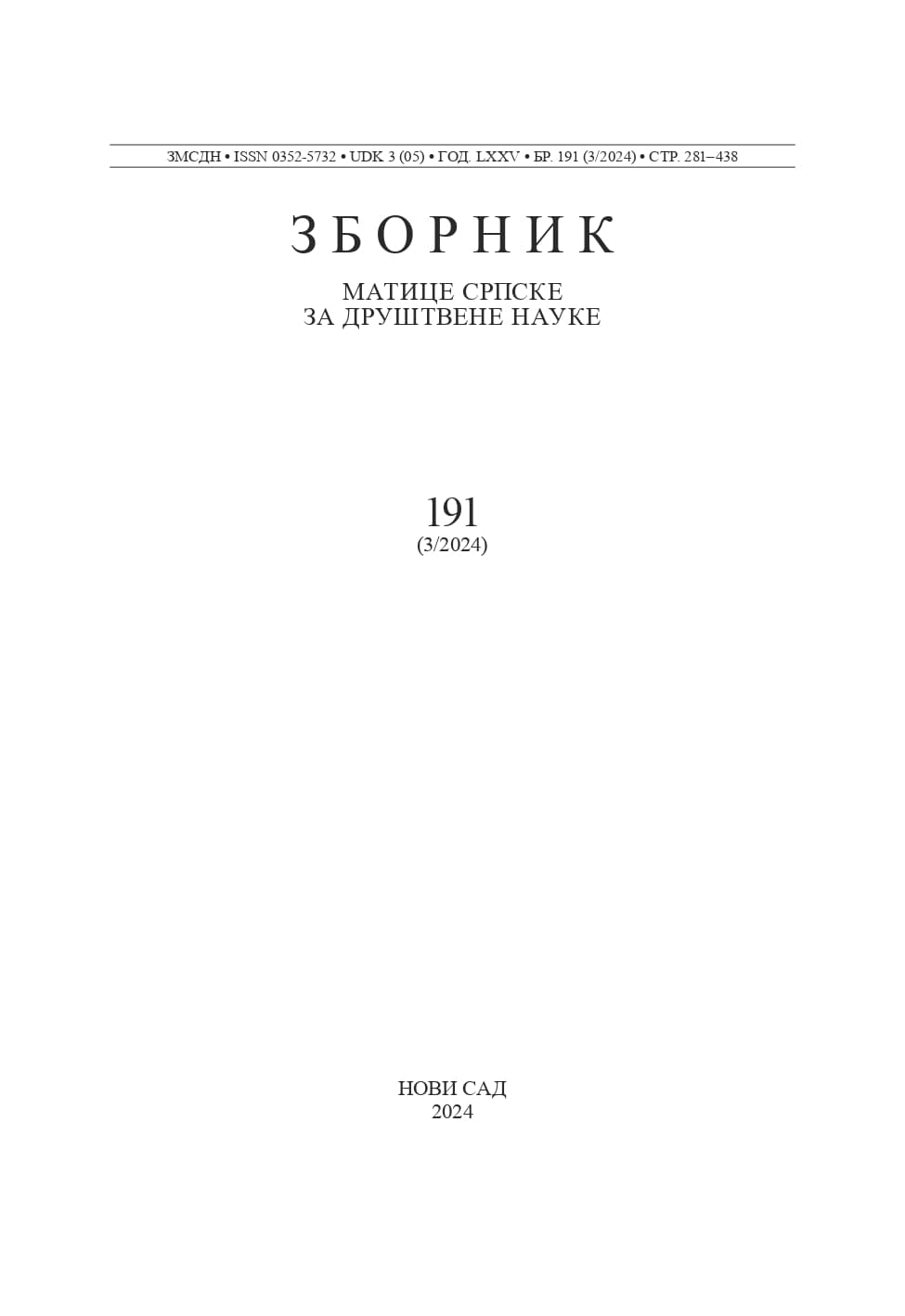
The media are subjects of the legal order with duty to provide unbiased and truthful public information. All media are subject to public interest, but the content of public interest differs depending on the type of media. As a result of rendering the democratic society and the rule of law meaningless and inconsequential, there is abuse of freedom of public information. The question is no longer how to ensure the independence of the media from public authorities but how to ensure that the media serve the purposes of a democratic society and bring enlightenment in the public sphere. On the other hand, there is a challenge to preclude the arbitrariness of independent public authorities in the process of monitoring the media activities, which is a fatal disease in the state of law (Rechtsstaat). In the field of public information in the Republic of Serbia, there is an institutional imbalance between independent subjects of bodies in the field of public information. Considering that an effective legal form of control over the work of these independent public bodies has not been instituted yet, the establishment of the Protector of Public Information (Ombudsman), as a defender of media enlightenment, would be a positive step in the direction of establishing an institutional balance. The Ombudsman for Public Information (hereinafter: the PI Ombudsman) would be elected by the National Assembly from among prominent media professionals, based on the proposal of the journalists’ association. The PI Ombudsman’s activities would entail control of the activities of the Regulatory Body for Electronic Media (REM), media and other public information entities. The PI Ombudsman would not have the authority to impose legal sanctions but the exercised control of the activities of public information entities would enable the Ombudsman to issue warnings and recommendations to the Regulatory Body and the media, as well as to file motions to the competent authorities on observed or established irregularities, especially concerning the REM activities. Based on the radiating effect that may be exerted by the reputation of this independent public body, the actions of the Ombudsman for Public Information would aim to remove the arbitrariness of the media and the Regulatory Body for Electronic Media, as a necessary precondition for the development of an enlightened public sphere based on polite and reasoned discussion.
More...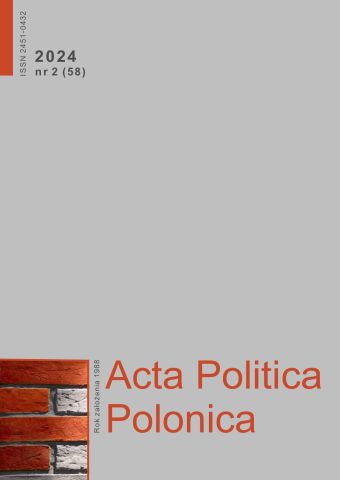
The aim of the article is to present the specifics of Polish memory policy at the turn of the 20th and 21st centuries and to trace the most important threads of the discourse surrounding it. The aim of the author is to characterize the conditions of continuation and modifications, and, above all, the challenges facing the Polish historical narrative. The research method used in analysis was the case study. The shaping of Polish politics of memory in the last three decades has been the result of many factors, including the post-communist nature of the state, the dispute over its role in narrating history, the Polish-Russian conflict over memory, the discourse on Polish-Jewish wartime relations, the internationalization of Polish historical narrative, as well as the “memory boom” and the development of public diplomacy. All the factors mentioned above influence the content of the Polish historical narrative. The Polish historical narrative, as in the case of many countries, includes a path of narrative about freedom and the presentation of the greatest scientific and cultural achievements. Regardless of the content of the Polish historical narrative, its greatest challenge is the asymmetry of knowledge about Polish past beyond its borders, not only in the context of losses suffered during World War II.
More...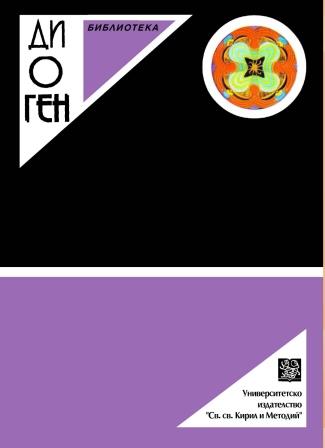
This article aims at exploring political realism and, in particular, examining the way in which the fundamental definition of international relations theory is formulated. The main thesis is that the way in which the concept of realism is structured conflicts with the inherent meaning of the proposition of ‘political realism’ because it ignores the essence of the concept of the ‘political’. This conflict is expressed in defining realism entirely in terms of and within the conceptual field of ethics. Realism thus becomes not an essentially political theory but a moral-normative one, which takes away its explanatory potential. The only way to overcome this theoretical obstacle is through changing the presuppositions of realism with those belonging to political reality.
More...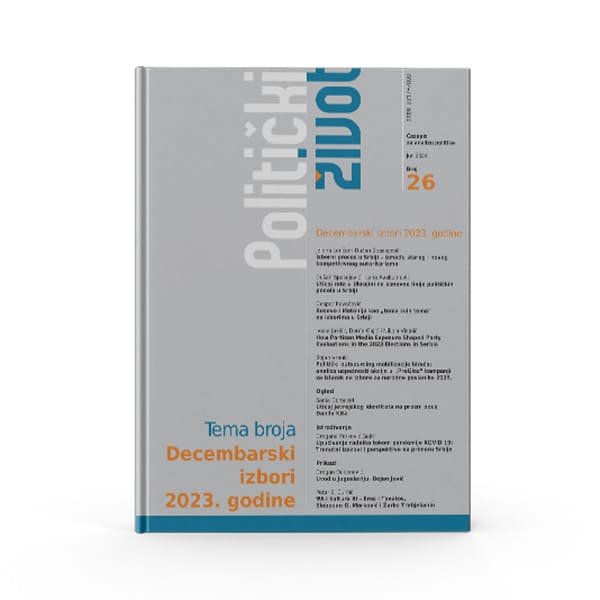
This study sought to investigate how voters in Serbia perceived political parties in the run-up to the 2023 elections and how selective exposure to party-affiliated media influenced their perceptions. To achieve this, the study analyzed the latent structure of party evaluations and investigated how partisan media exposure predicts the extracted dimensions, after controlling for sociodemographic and attitudinal predictors of party evaluations. On a convenience online sample of 1033 respondents (57% female), it was found that political parties are mentally organized into three factors: parties of civic opposition, parties of national opposition, and ruling parties. Regression analyses have shown that evaluations of the three mentioned party blocs are best predicted by different media consumption patterns. Positive evaluations of civic opposition parties are predicted by the female gender, low religiosity and authoritarianism, values of social and economic liberalism, high interest in politics, and following opposition television channels and websites. Support for national opposition parties can be predicted by male gender, living in smaller towns or rural areas, high religiosity, values of social conservatism, and to some extent watching public broadcasting services. Regime-affiliated parties are more likely to be supported by older citizens from smaller towns, who tend to be religious, authoritarian, less interested in politics, and primarily viewers of pro-regime television channels and readers of pro-regime websites.
More...
This article presents a qualitative comparative analysis of the primary hate narratives employed by three political parties: the Iron Guard Party propaganda, the Greater Romania Party (PRM), and the Alliance for the Union of Romanians (AUR). The study focuses on the following variables: ‘foreigners,’ ‘freemasons,’ ‘Jews,’ ‘protection of Faith and Nation,’ and ‘rotten political elites.’ The analysis is based on official propaganda materials of each party, including patriotic songs, leaflets, newspapers, programmatic documents, and speeches of the leader for the Iron Guard. In the case of the PRM, the analysis includes the party’s official program, ideology, poems, and pamphlets by the leader (Corneliu Vadim Tudor), speeches, interviews, press articles, and extracts from party journals Romania Mare (Greater Romania) and Tricolorul. The AUR’s official website, political program and ideology, Facebook posts, pages, press interviews, articles, and speeches of its leaders constitute the object of analysis. The narratives extracted were analyzed using the ATLAS.ti software, revealing striking resemblances among the hate narratives employed by the parties.
More...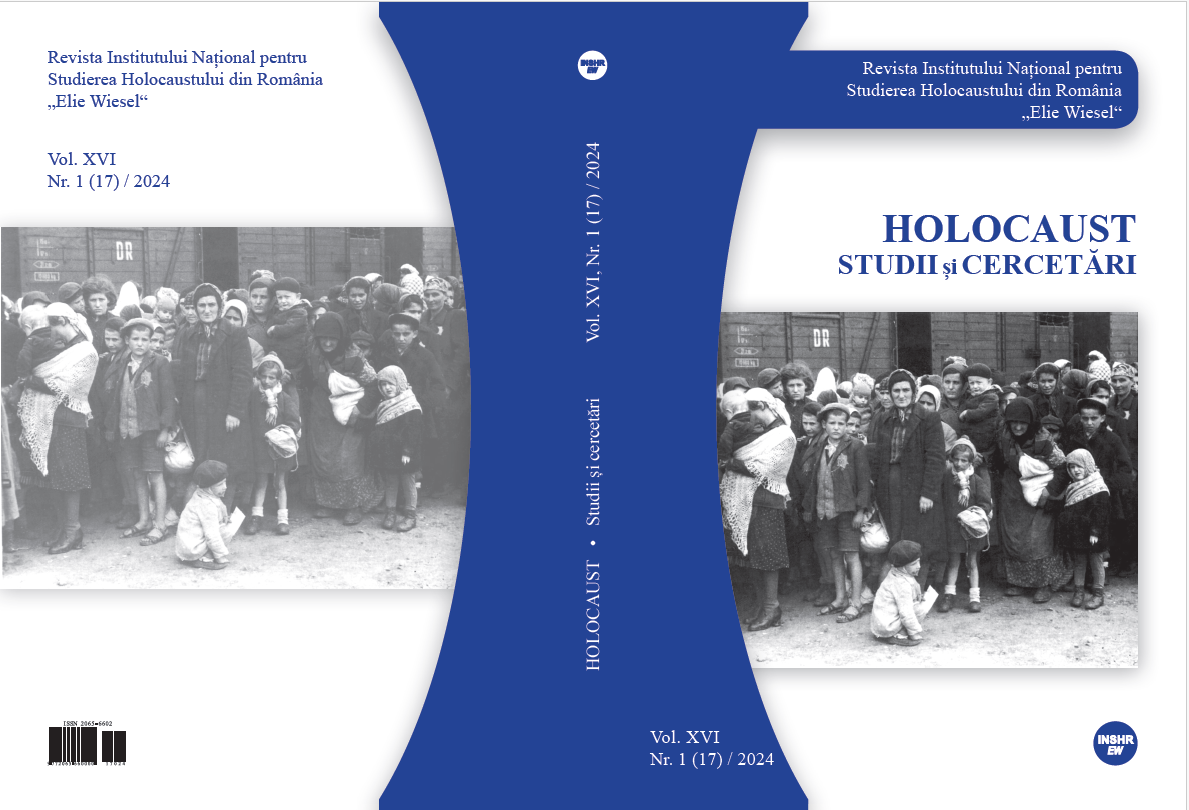
The study examines the visual antisemitism propagated by two gazettes for peasants published in Transylvania, one before 1918 (Gura satului – Village Voice) and one during the interwar period (Lumina satelor – The Light of Villages). By researching caricatures on Jews and the stereotypes about them, the current study highlights the continuities and discontinuities in the antisemitic imaginary articulated by the two periodicals.
More...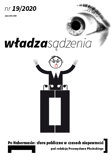
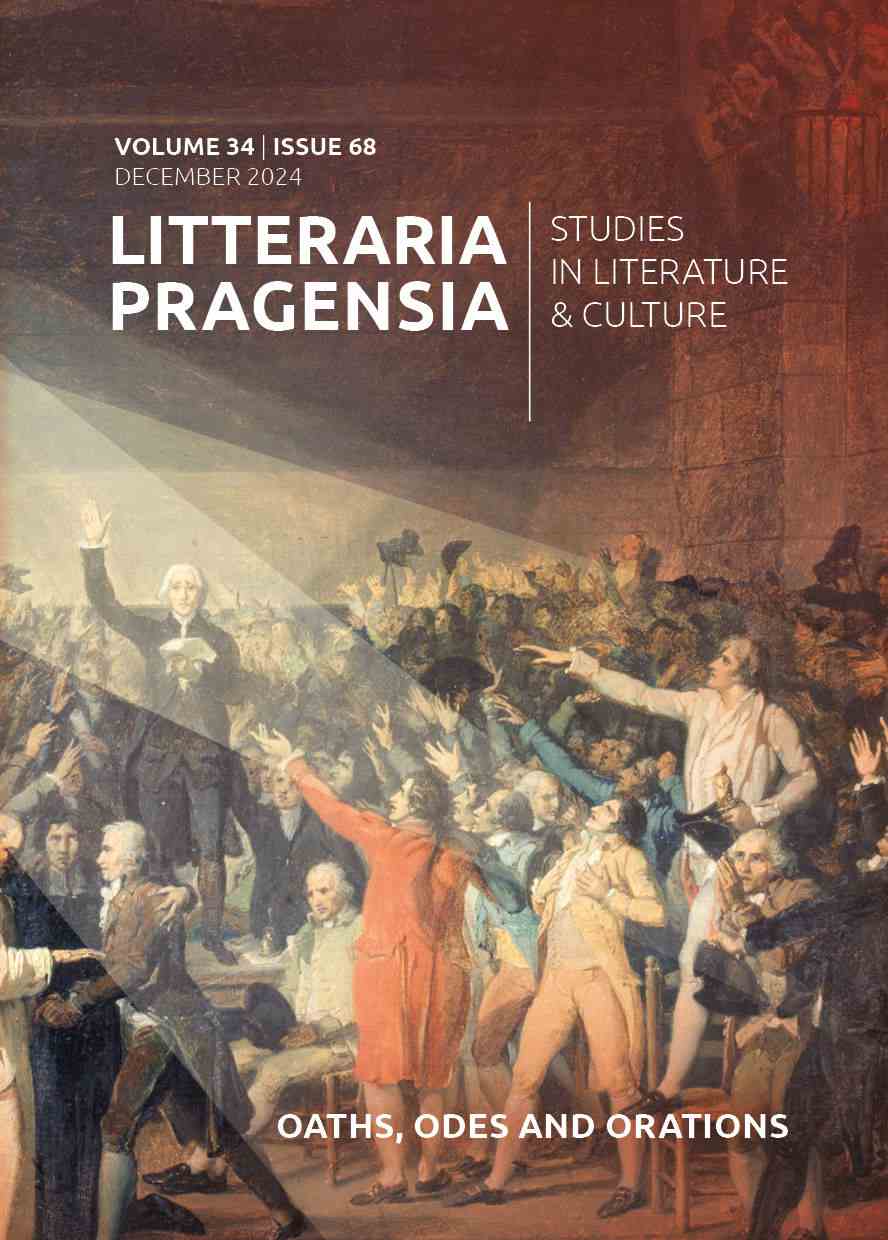
On 21 April 1798 the Morning Post printed a speech, given the night before, by the Foxite politician Richard Brinsley Sheridan. Sheridan had sought to rouse the nation against threatened French invasion. The French must be resisted at all costs, he insisted, and he explained why: “What is it they want? Ships, commerce, manufactures, cash, capital, and credit; or, in other words, they only want the sinews, bones, marrow, and heart’s blood of Great Britain.” Such passionate rhetoric contained a change of argument. Sheridan had previously opposed British warmongering and had maintained a liberal sympathy for France and the cause of reform. The Morning Post’s account of Sheridan’s speech confirms its importance to a liberal audience, but what is equally remarkable is that several other newspapers carried similarly extensive but politically different versions of what Sheridan had said. By confronting this contested mediascape, this article examines Sheridan’s speech, analysing his arguments and rhetoric but also appraising the competing ways in which the speech was reported. The article thereby raises broader questions about the status of printed transcriptions of parliamentary speeches, the dissemination process and the methodological problems of studying different versions of a famous speech.
More...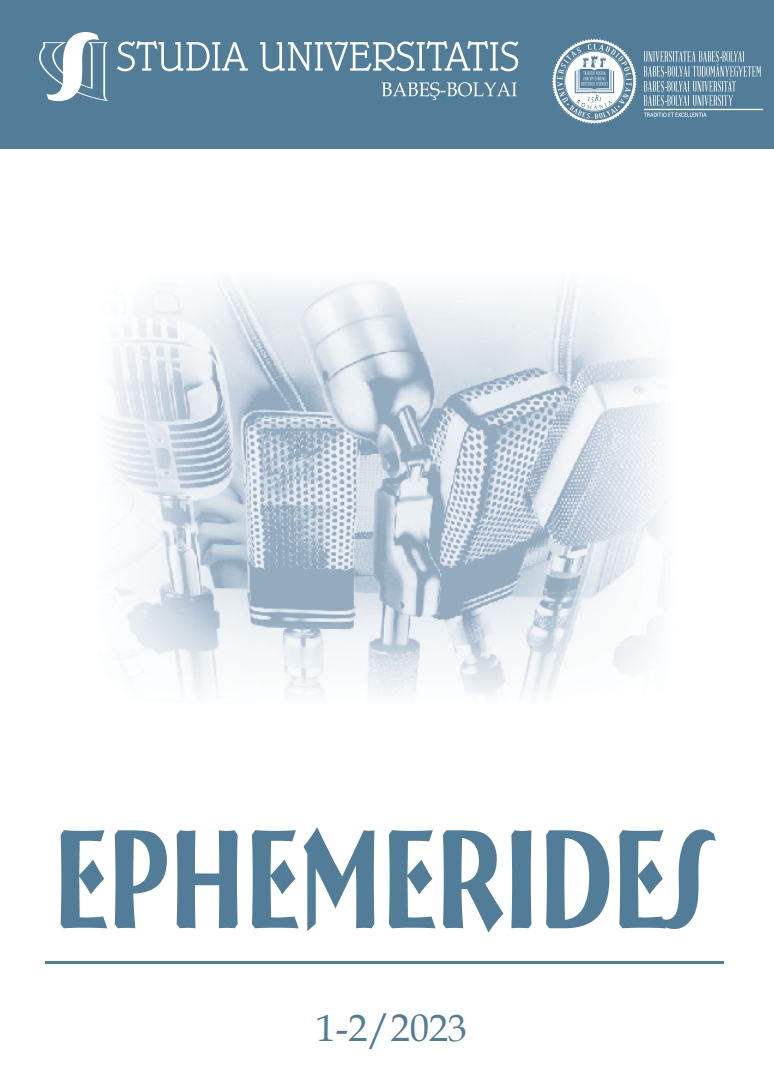
The Romanian media coverage of the NRRP builds on the political discourse of the public actors who mainly used the NRRP debate either to gain visibility, or to campaign. Emotions, conflict and negativity news values are dominant, and the analysis and contextualization usually lack from the news stories. The present study is a content based approach, which aims to identify who are the most prominent actors involved in the debate about the Romanian National Recovery and Resilience Plan, how these public figures are inter-connected in the media discourse and which are the main features of their discourse, and what topics associated to the six pillars of the Recovery and Resilience Facility are mentioned most frequently in the public discourse of the key public actors.
More...
This paper analyzes the types of irony used on social media, specifically X (former Twitter), regarding the war in Ukraine. Starting from the approach of irony from the Gricean perspective (Grice, 1989) and from Dynel’s types of irony (2013), we will take a closer look to a specific Twitter account, DarthPutin, which impersonates the Russian president, from a discourse perspective, by supposedly presenting his evaluation of the war in Ukraine. It is argued here that the type of irony used on this account is propositional negation irony and is used to both show the user’s stance to the Kremlin regime in relation to the war inUkraine and counter the false information spread on social media and Moscow’s propaganda regarding the war.
More...